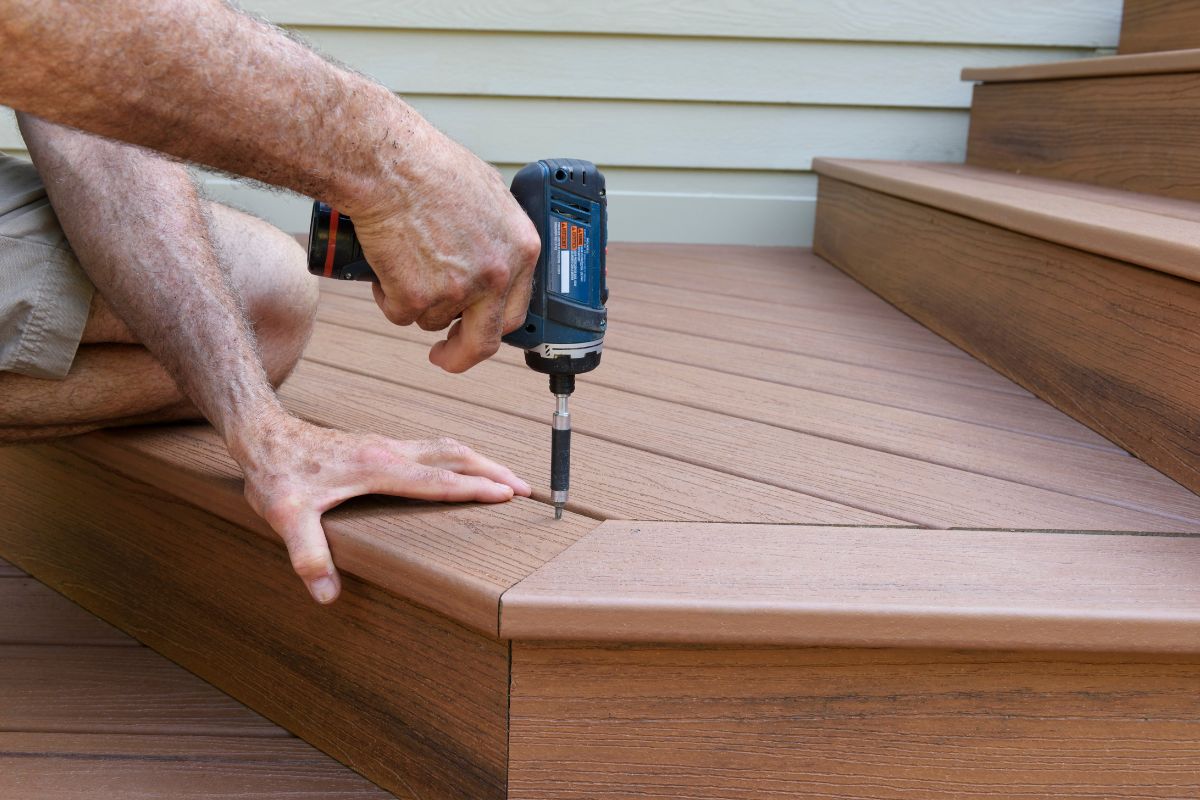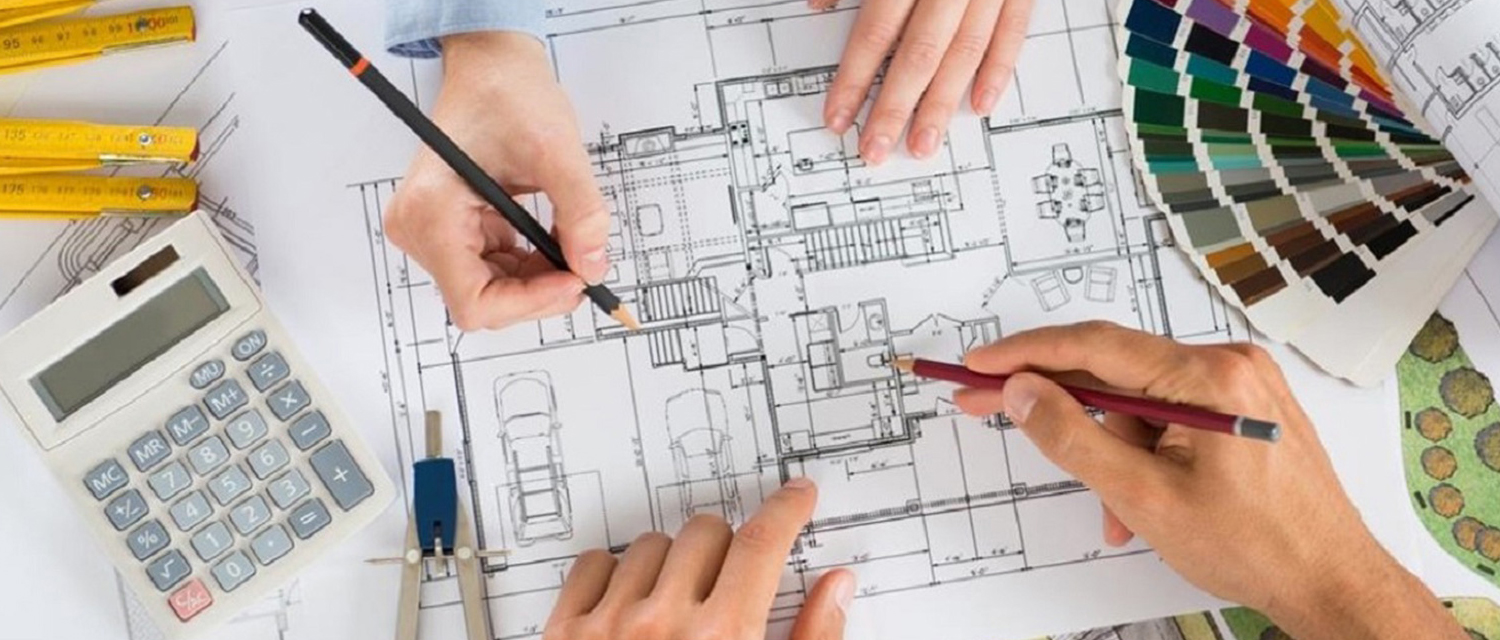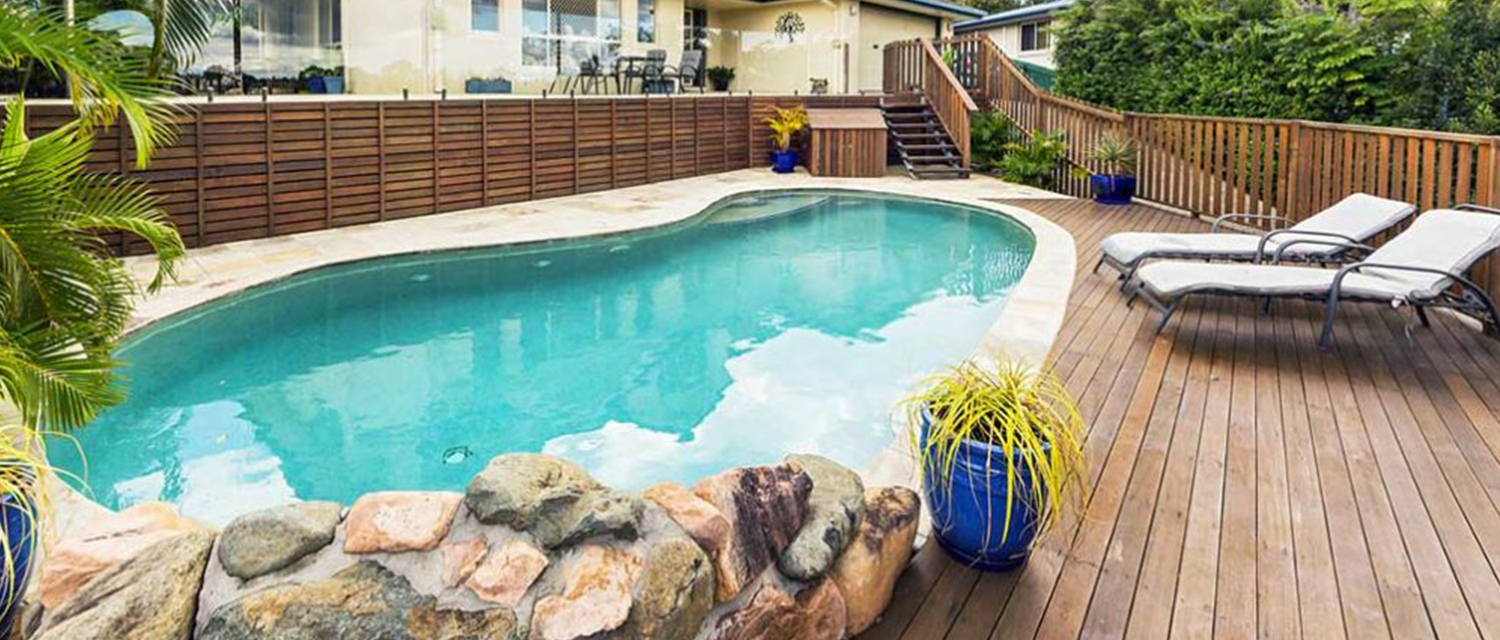Get free quotes within minutes
Wood vs. Composite Decking: Which is Right for You?

Table Of Content
- Introduction
- Wood Decking
- Composite Decking
- Choosing Wood vs Composite Decking
- Popular Decking Materials And Their Costs in Australia
- Conclusion
Before you start questioning, whether to go for wood decking or composite decking, you need to understand certain factors about decks. The deck has to be ideal to withstand the weather conditions throughout the year along with your pattern of usage. Therefore, it is highly recommended to choose the right material based on durability, aesthetics, and maintenance needs.
Wood decking and composite decking are two popular choices among people in Australia. However, if you are unsure of what will be the right fit for you, stay with us.
Wood Decking
Wood decking is the process of covering the deck of the building with wood. Some of the popular hardwoods used for decking are treated pine, Merbau, Spotted Gum, Redwood, Cedar, Ipe, Tigerwood, Teak, etc.
Advantages
- Durability and Resistance:
Ipe and Teak woods are mechanically strong and hardy woods, offering a long life span if treated with proper maintenance and treatment. , - Comfort and Safety:
Wooden decks are heat resistant, making them ideal for the outside. Also, the intrinsic properties of the wood allow water to pass beneath, avoiding large puddles over the deck- thus, the deck becomes slip-resistant. , - Natural Beauty:
The natural wooden patterns add an unmatched charm to the deck.,
Disadvantages
- Cost:
High-quality hardwoods like Ipe and Teak are highly expensive. Also, the installation process takes a lot of time, leading to a huge investment., - Splinters:
With time and lack of maintenance, wooden decks are prone to cracks, rot, and pest infestations, like termites. The uneven deck can harm while walking barefoot., - Maintenance:
A wooden deck requires maintenance once or twice a year, where you have to invest in sanding, painting, varnishing, sealing, or fixing. ,
Composite Decking
Composite decks can withstand severe weather conditions and are highly resistant to insect damage. The materials are mostly plastic along with sawdust, wood chips, and wood fiber pieces.
Advantages
- Maintenance:
It does not require staining or varnishing, making it a low-maintenance choice. - Style and Colour:
As it is manufactured by companies, you will get multiple options in design and colour. - Eco-friendly:
The plastic properties are composed of 40% recycled plastics, making it ideal for sustainability.
Disadvantages
- High Cost:
Due to the manufacturing and labour costs, the composite decks become up-front expensive. - Permanent Colour:
Composite decks come with permanent colours, which means no repainting can be done. The darker colours may fade over time. - Look:
It is impossible to get a natural wood-like finish.
Factors to Consider: Choosing Wood vs Composite Decking
A deck is a great way to enhance the look of the home. However, the joy is permanent when you choose the right decking material. To understand what is best for home, we need to consider -
- Climate:
The Australian climate is diverse with hot summers, coastal humidity, and bushfire risks throughout the year. Therefore, the decking material has to be ideal according to the weather. So, for bushfire-prone areas, wood and composite decks are both fine. But composite decking will be preferred due to its heat-resistance properties. Similarly, wooden decks are heat-resistant, making them ideal for places with extreme heat. In coastal and humid areas, the composite decks will offer better durability. - Budget:
Composite decks are costlier than wooden decks due to their manmade process and labour cost. However, wooden decks are cheaper during installation only. Wood decking requires annual or biannual maintenance, making it expensive in the long run. Therefore, if budget is not an issue for you, go for composite decking. - Aesthetics:
If you prefer a rustic look, you can go for wood decking with natural wood designs and colours. However, if you are concerned about finishes and variety in colours, go for composite decking. - Maintenance
Like earlier said, the maintenance for wood decking is regular, whereas, the composite decking maintenance is significantly less. So, if looks and aesthetics matter to you, wood decks are the best. - Eco-friendliness:
Composite decks are made up of recycled plastic and wood. Therefore, if you choose composite decking, your home will be environment friendly. - Installation:
Installation for wooden decks can be done by yourself, making it an affordable option. However, if you go for composite decks, you will need professional assistance from the manufacturer or your local decking professional.
So these are the few factors that you may want to consider while deciding whether the composite deck will be good or the wooden deck.
Popular Decking Materials And Their Costs in Australia
A well-maintained deck can enhance the overall look of your home. By now, you have an idea about the best material for the deck. Now let us give you an insight into the cost of different types of materials for decks in Australia and how much they cost.
The decking cost is measured per square metre, based on the type of timber and specifications of your deck. On average, a standard decking process will charge you $200- $1000 per square metre.
- Pine decking- $200/ square metre.
- Composite decking- $350 onwards/ square metre.
- Hardwood Timber Decking- $320 onwards/ square metre.
- Elevated cyclone-rated decking- $1000 onwards/ square metre.
Apart from that, many deck builders offer customised charges for various materials, such as Merbau, Spotted Gum, Jarrah, etc.
Conclusion
Wood decking and composite decking both have their pros and cons. It is an individual's choice considering location, budget, maintenance, aesthetics, eco-friendliness, and durability to install a deck. So, before you finalise the material for the deck, go through the details to get the best result.
YOU MIGHT ALSO BE INTERESTED IN











